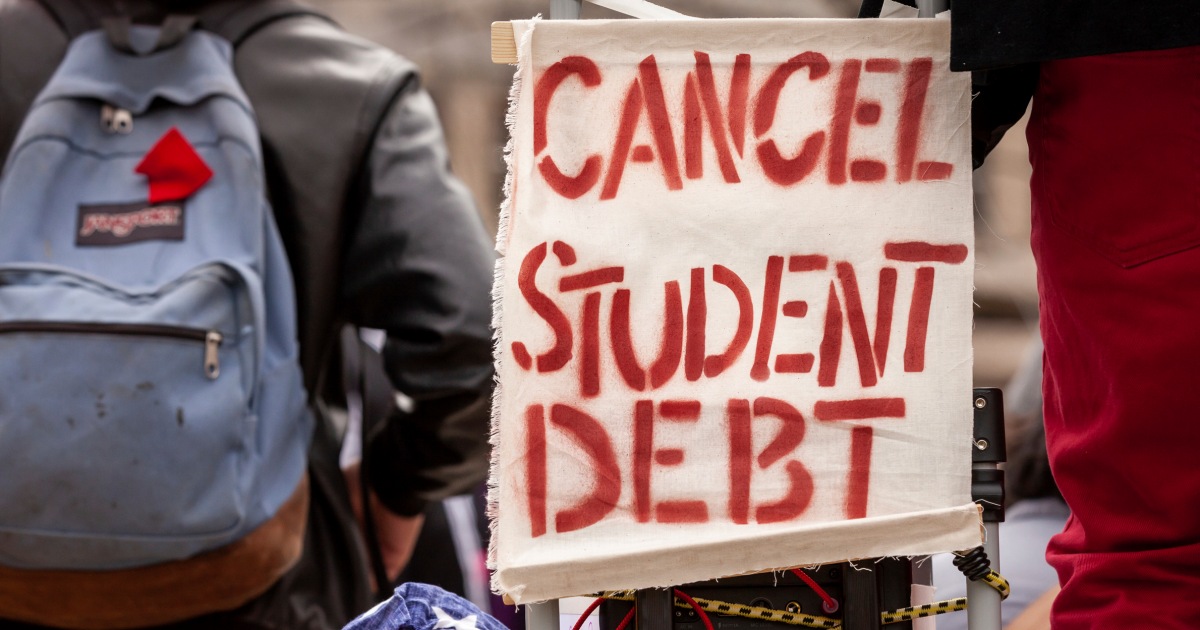
WASHINGTON — President Joe Biden’s expected plan to cancel $10,000 in federal student loans for borrowers making up to $125,000 a year will follow through on one of his key campaign commitments and will provide relief to tens of millions of borrowers.
Biden, who is also expected to extend the federal student loan payment pause through the end of the year, has been facing pressure from some Democrats and debt relief advocates to take action on loan cancellation before the midterm elections.
Although debt relief advocates have welcomed Biden’s announcement, some lamented that the action did not go far enough. Some also said the income cap could make implementation more challenging and urged the Biden administration to further extend the payment moratorium to allow lenders more time to implement the new rule.
Here are four charts that show the state of student loan debt in the United States.
Student debt has ballooned
According to the Federal Reserve, borrowers collectively held more than $1.5 trillion in student debt in the second quarter of 2022. Student debt is the largest consumer debt category after mortgages.
Up to a third of borrowers could see their debts forgiven
Data from the Education Department shows that more than 45 million people hold federal student loans, with more than half owing less than $20,000. Approximately 14.6 million borrowers owe up to the $10,000 forgiveness cap, although those that earn more than $125,000 annually would be ineligible.
People with smaller amounts of debt often have a harder time paying it off because they might not have completed their degree or have degrees with lower earning power compared to people with more debt.
Debt weighs on more Black families
Student debt is a heavier weight on families of color, as Federal Reserve survey data shows that almost 1 in 3 Black families and almost 1 in 5 Hispanic families carry debt.
Black and Latino students are also more likely to be behind on loan payments, Federal Reserve data shows. The highest default rates are among students who attended for-profit institutions.
Borrowers have flocked to income-based repayment plans
Payment for most federal loans have been suspended since early 2020. Prior to that, Federal Reserve survey data found the average monthly payment was between $200 and $300.
For borrowers who found monthly payments too high, the government has several repayment plans that tie payments to income. Enrollment in those plans has ballooned since 2013, with more than 8 million borrowers participating as of the first quarter of 2022.
Source: | This article originally belongs to Nbcnews.com










